When using a UV flat-panel printer to print some materials, the problem of low adhesion of UV ink to a substrate is sometimes caused by the instantaneous drying of UV ink. This article is to study how to improve the adhesion of UV ink to substrate.
Corona treatment
It has been found that corona treatment is an effective method to improve the adhesion of UV ink! The positive and negative electrodes of the corona device are respectively connected to the ground and the induced air nozzle. The high voltage and high cycle wave is used to make the electric shock molecules eject from the induced air nozzle and accelerate to the positive electrode with high-energy free electrons. In this way, the polarity of the non-absorbent material can be changed. It increases surface roughness and strengthens the combination ability with the ink, finally reaches the purpose of achieving the proper UV ink adhesion and improving the adhesion fastness of the ink layer.
The surface tension stability of corona-treated materials is poor, and the corona effect will gradually weaken as time goes on. Especially in an environment with high humidity, the corona effect will reduce faster. If a corona-treated substrate is used, it must cooperate with the supplier to ensure the freshness of the substrate. Common corona treatment materials include PE, PP, nylon, PVC, pet, etc.
UV ink adhesion promoters
In many cases, cleaning the substrate with alcohol will improve the adhesion of UV ink on the substrate. If the adhesion of the substrate to UV ink is inferior or the product has high requirements for UV ink adhesion, the primer / UV ink adhesion promoter to promote UV ink adhesion can be considered.
After the primer is applied to the non-absorbent substrate, the adhesion of UV ink improves and achieves the ideal adhesion effect. Unlike corona treatment, chemical primer materials do not contain non-polar oil molecules, which can effectively eliminate the instability of the corona effect caused by the migration of such molecules. However, the application scope of primer is selective, and the result is better for substrates such as glass, ceramics, metal, acrylic, and pet.
UV ink curing degree
Generally speaking, when the UV ink is not fully cured, we can observe the poor adhesion of UV ink on the non-absorbent substrate. To improve the curing degree of UV ink, we can start from the following aspects:
1) Increase the power of UV curing lamps.
2) Reduce printing speed
3) Extend the curing time.
4) Check whether the UV lamp and its accessories work regularly.
5) Reduce the ink layer thickness.
Other methods
Heating: in the screen printing industry, it is recommended to heat the substrate before UV curing when printing on the substrate that is difficult to adhere. After heating with near-infrared light or far-infrared light for 15-90 seconds, it can strengthen the adhesion of UV ink on the substrate.
Varnish: if the UV ink still has adhesion problems on the substrate after adopting the above suggestions, a layer of protective varnish can be coated on the surface of the print.
Cutting: if there is only an adhesion problem during cutting, it is recommended to cut the substrate to the required size before printing. The cutting edge of the cutting tool must be sharp. A rotary cutter will cut better than ordinary straight blade scissors.
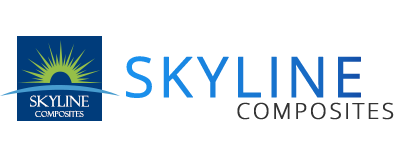
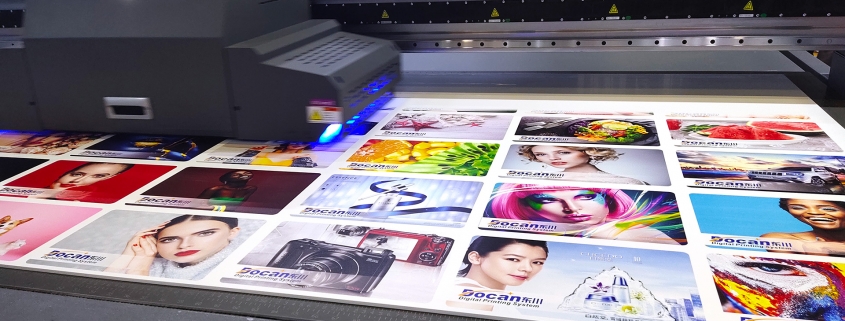
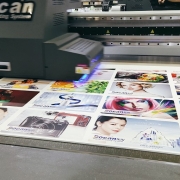
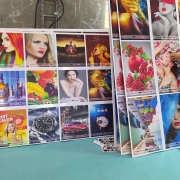
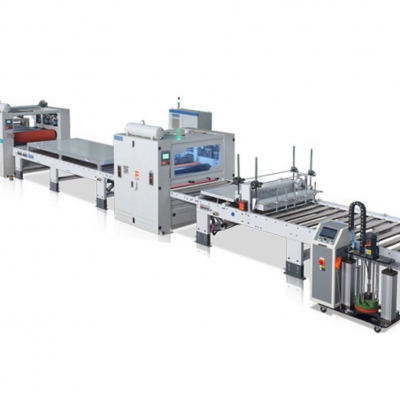
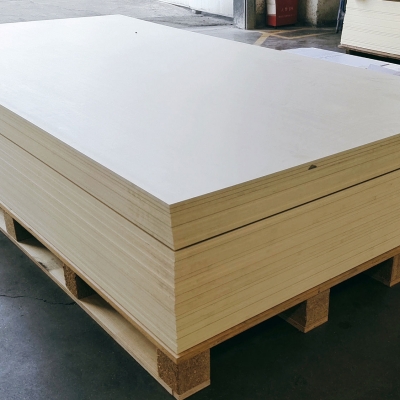
Leave a Reply
Want to join the discussion?Feel free to contribute!